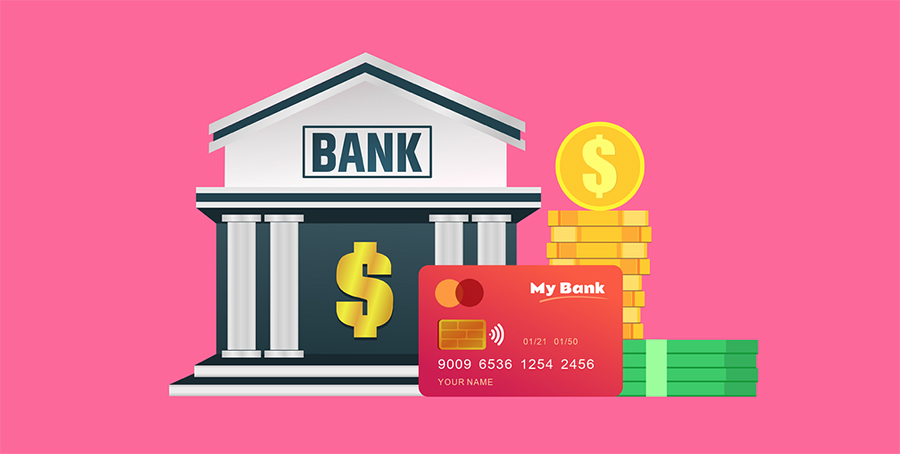Refinansiering Definisjon: What is Refinancing? (and More)
Refinancing is the process of paying off one loan with another, with different terms in most cases. This process is usually applied for several objectives related to the financial sphere, for example, when interest rates should be reduced, monthly payments should be decreased or debt should be consolidated.
Knowledge in refinancing is important so that people can be in possession of knowledge in handling their financial affairs. This paper will therefore aim at discussing what refinance is, the kinds of loans that can be refinanced, the advantages and the disadvantages of refinancing, and the process of refinancing.
Understanding Refinancing
Substitution is the act of getting a new one to repay an existing one or part of it. New loans often involve different conditions for instance, a lower rate of interest, a difference in the period of repaying the money or even the type of lending amount or account is being offered. The main idea of it is to better the position of the borrower.
Refinancing can take place irrespective of the type of loan that a borrower has taken, or is already paying. Various loans can be refinanced, including:Various loans can be refinanced, including:
- Mortgage Loans: Consumers can use it to pay a lower interest rate on the loan or to change from an ARM to a fixed rate mortgage.
- Auto Loans: Borrowers of automobiles can renegotiate their auto loans to obtain better provisions or lower rates of interest.
- Student Loans: Students are allowed to consolidate student loans in order to combine loans, decrease interest rates and extend periods of repayments.
- Personal Loans: People can remortgage personal loans to get better rates of interest or better repayments terms.

Benefits of Refinancing
Refinancing has some benefits that are very essential and influence the financial status of the borrower in the following ways. Knowledge on these benefits will help in deciding on whether to refinance or not.
Lower Interest Rates
This is probably one of the most widespread objectives of it, which is to obtain a lower interest rate. Thus, a lower rate means a lower rate of interest and can save a lot of money in the long run on the loan. For instance, getting a new mortgage at a lower interest rate, say from 6% to 4% will cut down on the interest to be paid by several thousand dollars.
Reduced Monthly Payments
The logic of refinancing is to either get a lower interest rate or longer repayment period in order to have lower monthly payments. Smaller monthly installments also mean that one can feel immediate monthly relief and have that extra money to pay for other bills.
Debt Consolidation
Debt consolidation is one of the ways through which refinancing can be applied by combining several debts into one loan. This is especially helpful when it comes to debts that have relatively high interest rates like credit card balances (visit besterefinansiering.no/hva-er-refinansiering to learn more). Debt consolidation loans combine several debts with higher interest rates into one loan with a lower interest rate making it easier for borrowers to pay off their debts.

Potential Drawbacks of Refinancing
As seen above, refinancing has many advantages, but it is critical to understand that like any other procedure, there are also some pros, cons, and difficulties that may be encountered during the process.
Upfront Costs
Refinancing always has some cost which include application fees, appraisal fees and closing costs. These costs can accumulate and can perhaps balance out some of the benefits which are associated with getting a lower rate of interest. These costs should be assessed and one must decide whether or not refinancing is a wise decision in the long run.
Extended Loan Term
With the term extended, the monthly payments are reduced and at the same time one is likely to pay more interest in total. Borrowers should compare the advantage of lower payments with the disadvantage of a higher total interest amount.
Impact on Credit Score
Loan application requires a credit check that for a short period of time will bring down your credit score. Also, it is worth understanding that closing an existing term and simultaneously opening a new loan can affect the credit utilization ratio as well as the credit history. This is why it is important for one to know how or in what way, it may affect his or her credit score as well as, conducting efforts to reduce the extent of its effects.
Other Risks
Refinancing re-activates the terms of the loan; this means that the repayment process begins from that specific time. For instance, paying off a mortgage loan that is 20 years into its 30-year schedule by taking a new 30-year mortgage increases the maturity date. This can prolong the time taken to clear the debts and hence, affects the total time taken to clear the debts.
Steps Involved in Refinancing
Refinancing includes several stages that every borrower should take to complete to have a positive result in the matter. Awareness of these steps can make the process easier to go through as a client.
Assess Your Financial Situation
First of all, one should assess his financial position before turning to the strategy of refinancing. Think about your current income, necessary and unnecessary expenses, the current debt, and credit score. Knowing your financial situation will let you decide whether it is the best thing to do and what terms you should go for.
Understand Your Lenders and Loans
Compare different lenders and the types of loans to know the most suitable for you. Check for interest rates, charges and payment structure of different lenders; these can be the conventional banks, credit unions and the online lenders. It is desirable to select the lenders who do not have complaints from their customers.
Gather Necessary Documentation
Gather all the papers which you may need for your application. Some of the documents that may be required include the proof of income, employment history, tax returns, bank statements and information regarding the existing loan. Ideally, such papers will make the application process easier for you or anyone else filling it out for you.
Submit Your Application
Once you have selected the lender you want to deal with, fill the application form. Ensure that you give the right and detailed information that will not lead to a hold up in the approval process. You will have to submit an application to the lender and the lender will evaluate your credit position.
When the application is granted, the lender will give the details of the new loan. Read through them again, especially the interest rate, the time allowed to repay the loan, and any charges. Before accepting the loan ensure that the terms accord with your financial plan in the event of the loan.
Close the Loan
This is mainly the case once one agrees to all of the terms that are given by the lending company. This means to make the important documents, agree to the minimal terms and sign them, and make any initial payments required on the loan. This new account will be used to repay your current account and thereafter you make the payment according to the terms of the new loan.

Conclusion
Refinancing is a flexible financial instrument which allows the borrowers to reach different objectives and mend their financial situation, for instance, to cut the interest rate, to pay less every month, to join different types of loans, and so on.
This paper aims at enlightening the general public about the various advantages, possible demerits, and procedures of refinancing, so that they can make proper decisions that would enhance the improvement of their financial status. No matter whether you are thinking of refinancing a mortgage, an auto loan, student loan, or a personal loan, foresight and sensitive analysis would help you save big and thus have a better financial life.












